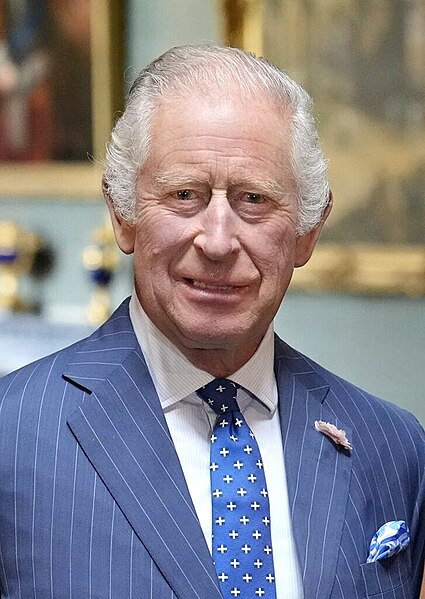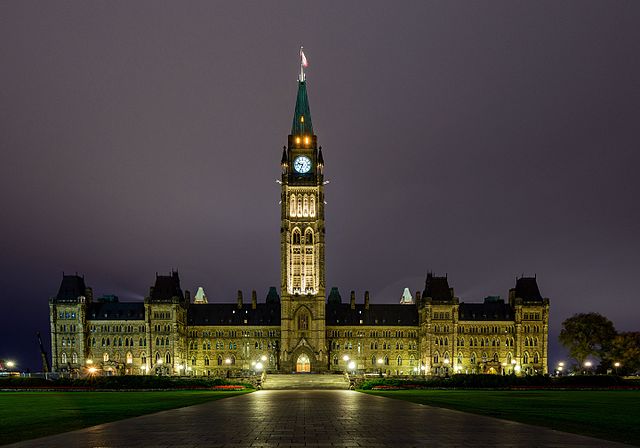The politics of Australia operates under the written Australian Constitution, which sets out Australia as a constitutional monarchy, governed via a parliamentary democracy in the Westminster tradition. Australia is also a federation, where power is divided between the federal government and the states and territories. The monarch, currently King Charles III, is the head of state and is represented locally by the Governor-General of Australia, while the head of government is the Prime Minister of Australia, currently Anthony Albanese.
The legislature: Parliament House in Canberra, the seat of the Parliament of Australia
The executive: The Head of State and King of Australia, Charles III, who appoints the governor-general on the advice of the prime minister
The executive: The Governor-General, David Hurley, who by s 63 of the Constitution follows the Executive Council's advice
The executive: The Prime Minister, Anthony Albanese, head of Cabinet which acts through the Federal Executive Council
The Westminster system, or Westminster model, is a type of parliamentary government that incorporates a series of procedures for operating a legislature, first developed in England. Key aspects of the system include an executive branch made up of members of the legislature, and that is responsible to the legislature; the presence of parliamentary opposition parties; and a ceremonial head of state who is separate from the head of government. The term derives from the Palace of Westminster, which has been the seat of the Westminster Parliament in England and later the United Kingdom since the 13th century. The Westminster system is often contrasted with the presidential system that originated in the United States, or with the semi-presidential system, based on the government of France.
The Westminster system is named after the Palace of Westminster, the home of the UK Parliament.
Canadian Parliament at night
The Sansad Bhavan (Parliament House) building in New Delhi, India
Knesset Building, Jerusalem








